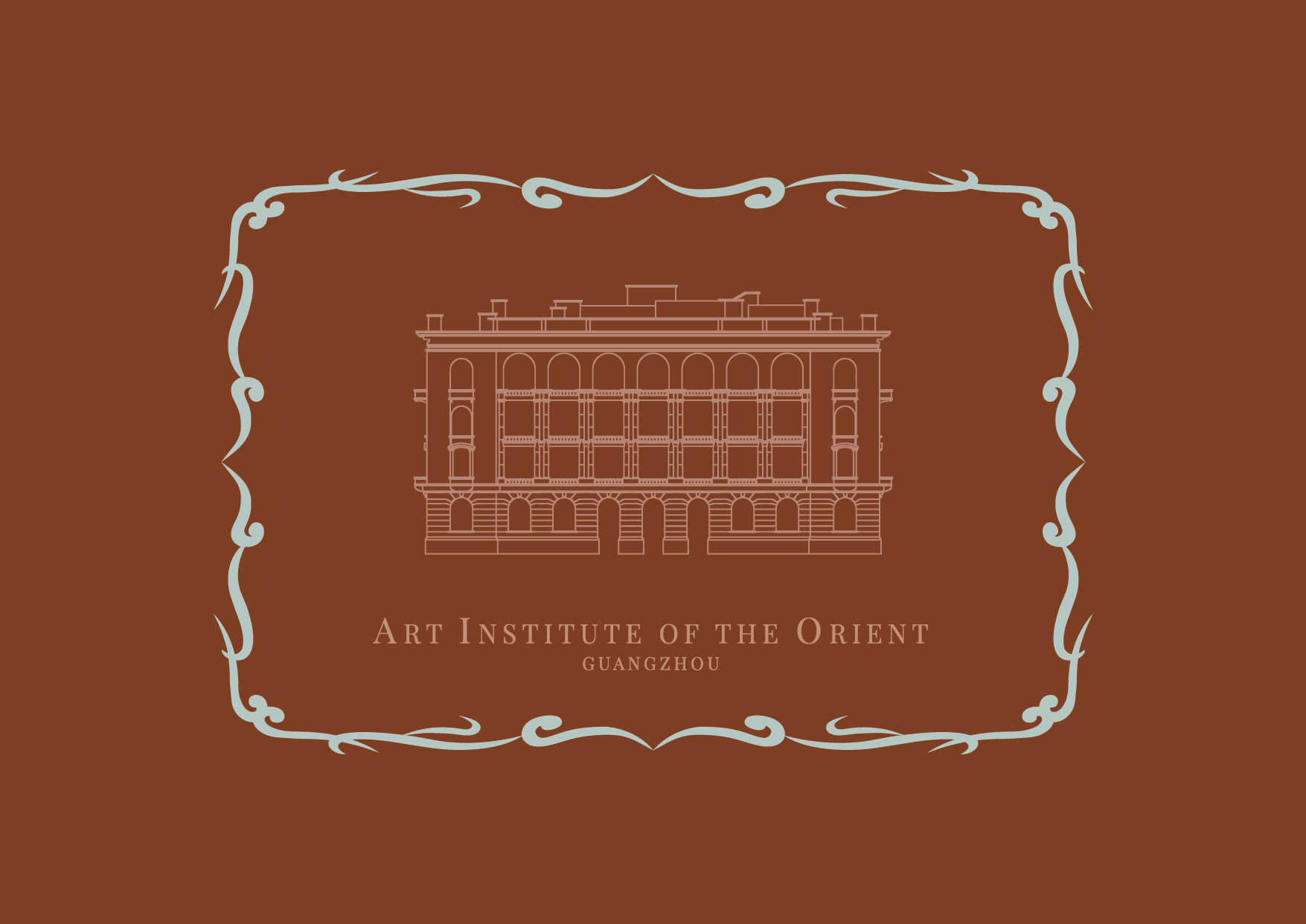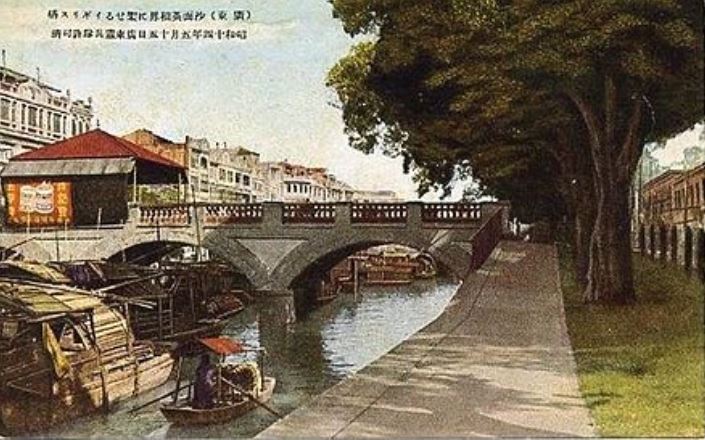Our building is located in the heart of Guangzhou, on the artificial island of Shamian, where was implanted, as the city became one of the few Treaty Ports in China, the French-British concession. By the early 20th century, more than 150 European-style buildings rose, serving different purposes as consulates, churches, banks, postal offices, telegraph offices, commercial firms, hospitals and hotels.
More than a temporary trading post, Shamian is part of the long history of exchanges between East and West: the history of the Silk Roads, and subsequently of global world trade. Not so well known as Shanghai Western concession area, Shamian island is yet an exceptional witness of a period of great historical significance in China; that is, through trade, a moment of intense cultural exchanges and emulation.
In 1996, the architectural complex of Shamian was listed by the State Council as a “Protected National Key Cultural Relic”.
Since the beginning of the 21st century, Guangzhou Municipality has been promoting the island as a hub for touristic and cultural activities and encouraging the restoration and adaptive reuse of Heritage buildings.
东方荟萃艺术学院位于广州市沙面人工岛上的一座文物建筑内。19世纪中期,广州是中国为数不多的条约港口之一,沙面也在彼时成为英法租界,被开发成人工岛。直到20世纪初,150多座欧式建筑在沙面拔地而起。这些建筑用途各异,有领事馆、教堂、银行、邮局、电报局、商业公司、医院和酒店。
沙面不仅仅是一个临时贸易站,它还是东西方悠久交流历史的见证:丝绸之路的历史,以及随后的全球贸易史。与上海的西方租界相比,沙面并不那么为人熟知,但它却见证了中国一段具有重大历史意义的时期,即通过贸易,文化交流和效仿的达到了高峰。
1996年,沙面建筑群被中华人民共和国国务院列为 “全国重点文物保护单位”。
自21世纪初以来,广州市一直将沙面岛作为旅游和文化活动中心进行宣传,并鼓励对文物建筑进行修复和活化再利用。


